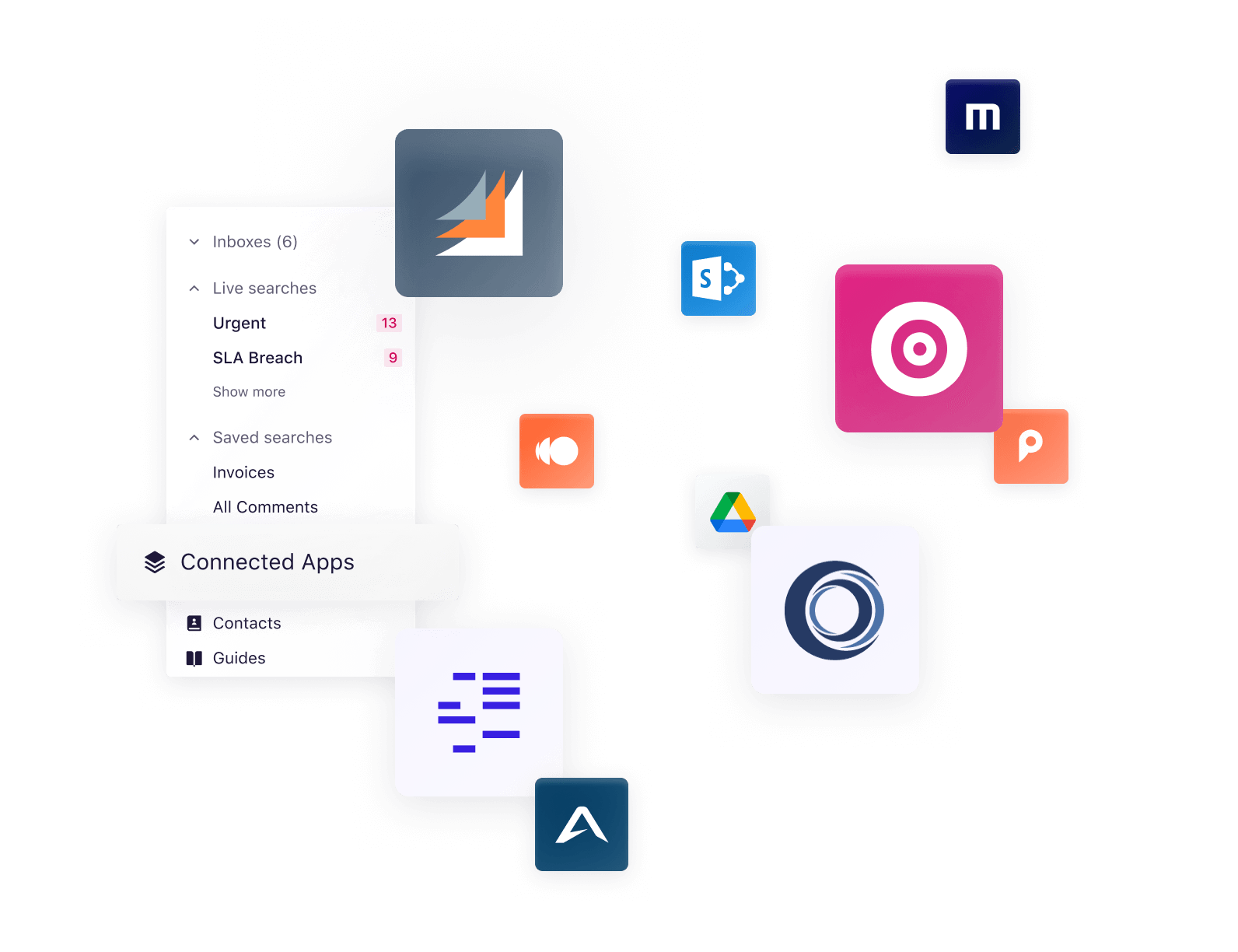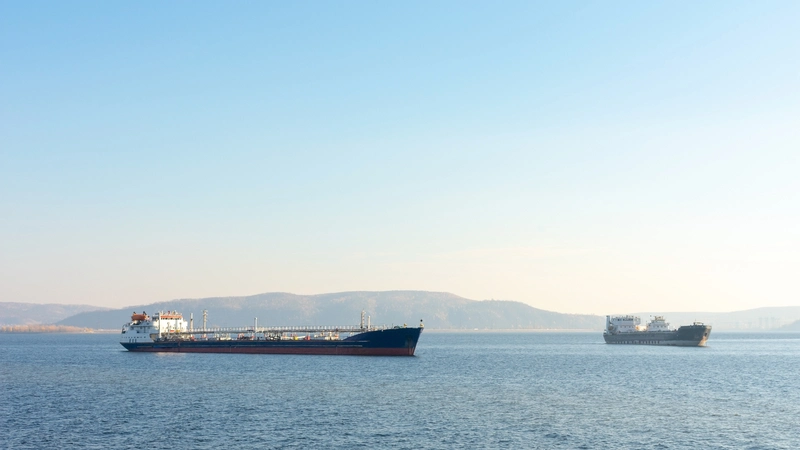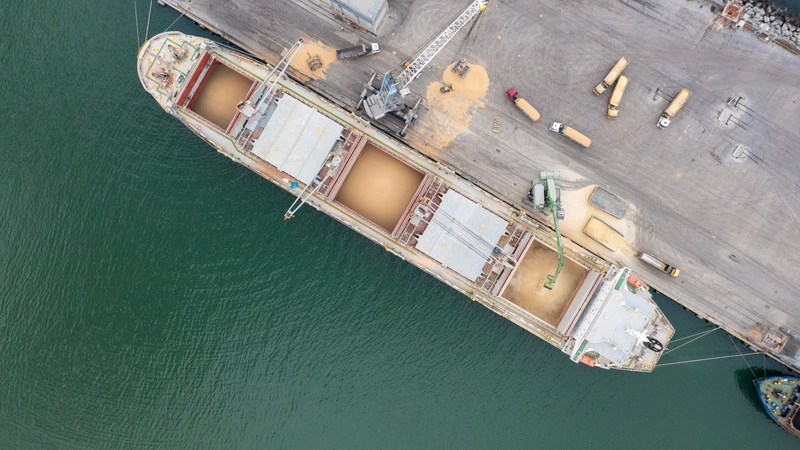The state of maritime communications
Maritime communications have evolved over the years to transform the global shipping landscape and information exchange process. In this post, we'll trace this evolution, its challenges, and latest advancements.
A brief history of maritime communication
From rudimentary signalling methods to advanced technology solutions, maritime systems have come a long way.
Early communication practices
Ancient Greek ships employed speaking trumpets to amplify the human voice in the 5th century BC. As maritime activities expanded across the globe, the need for relaying information became more crucial. Homing pigeons and small boats emerged as carriers of physical messages between ships and shores, facilitating the exchange of critical information between maritime entities.
Primitive signalling methods
In the 18th century, vessels relied on primitive signalling methods like flags and Morse code. Maxwell's electromagnetic theory and Marconi's telephone invention enabled Morse code transmission via wireless telegraphy. These techniques became prominent means of shipping communication by the 19th century. However, the challenges were immense — limited reach, slow information exchange, and the constant risk of miscommunication.
Telex
The post-World War II period saw the emergence of Telex, a telecommunication service that enabled text-based communication using a network of teleprinters connected via a dedicated telegraph line.
Due to the per-character cost in Telex transmissions, abbreviations were used for message routing. For example, "CFM" for "Confirm" and "CLG" for "Calling." Interestingly, Telex’s abbreviations continue to be used within the Global Maritime Distress and Safety System (GMDSS).
Satellite-based communication networks
The 1960s sparked a new age of worldwide communication with the launch of Telstar, the first active satellite. Satellite communication networks, marine very high frequency (VHF) radios, and high-speed data connectivity have become a norm.
These technologies are particularly important in unprecedented emergencies and for navigational guidance and coordination with port authorities. The GMDSS, for example, uses satellite technology to send distress messages as well as routine communications between vessels.
The email boom in maritime communications
As the shipping industry transitioned into the 1990s, email emerged as the primary channel for maritime communications — a status it maintains to this day. Email platforms have empowered stakeholders to connect, collaborate, and relay critical data faster than ever before.
AI innovation
The maritime industry is now at the forefront of adopting innovative technologies like artificial intelligence (AI), the Internet of Things (IoT), and data analytics. From enhancing vessel performance and predictive maintenance to optimising supply chain logistics and improving safety protocols, these innovations are reshaping the maritime landscape.
People who read this also read:
Navigating digital transformation in maritime: Unlocking efficiency and innovation
Navigating the challenges of maritime communication
Despite the advancements in technology and processes, maritime communication partners still face unprecedented challenges.
Remote connectivity
Traditional networks often fail to reach remote parts of the ocean, leading to connectivity failures and disruptions in data exchange. For instance, vessels navigating through distant oceanic areas or remote polar regions could face communication breakdowns due to unreliable network coverage, potentially compromising shipping operations.
Harsh environmental conditions
Unpredictable weather conditions at sea disrupt communication signals and compromise safety. Maritime Studies identifies strong winds, dense fog, heavy swells, and icebergs as the top meteorological factors obstructing regular shipping routes. These disruptions impede real-time updates, weather alerts, and emergency interventions, potentially jeopardising vessel operations and crew safety.
Signal latency and bandwidth limitations
Satellite communication introduces latency due to the signal's travel distance between the vessel and the satellite. Even though Low-Earth Orbit (LEO) satellites aim to mitigate this problem, data transmissions can still be delayed. Similarly, bandwidth limitations of satellite communication systems hinder the exchange of large data sets, such as video conferencing or streaming, among multiple vessels or with onshore teams.
Cybersecurity concerns
Maritime communications networks, connected vessels, and onboard sensors are potential targets for cyberattacks. In fact, the maritime sector has witnessed a 900% rise in cyber breaches, per MDPI Journal.
Data overload
As ships traverse the globe, they accumulate vast amounts of data by the second, from weather updates and locations to arrival times and cargo histories. All this constant inflow of data from multiple sources contributes to data overload.
Here’s where data-driven email management can make a difference.
Sedna uses custom-built automation to understand the intent of emails, extracting crucial data and forwarding it to internal systems. The result is quicker responses, improved data quality, and reduced manual email reviews by your operations team.
Want to understand how to harness maritime data effectively? Learn how to make shipping data more visible and valuable.
Top benefits of modern maritime communications systems
The maritime communications systems of today are purpose-built to address the unique communication needs of vessels, ports, and offshore facilities. With advanced maritime technology solutions and streamlined processes, the industry is better positioned to achieve:
1. Efficiency and cost savings
Modern maritime communication services enable real-time information exchange between the vessel and onshore teams, allowing for informed decisions, route adjustments, schedules, and port calls. This agility in response significantly reduces downtime and mitigates potential losses. McKinsey reveals that effective management of downtime leads to enhancements in schedule adherence and cost savings of as much as 30%.
2. Security and compliance
Even with the advent of AI and emerging technologies, security threats are a major challenge in maritime. Stricter guidelines for data sharing, protection of sensitive information, and prevention of cyberattacks are prompting maritime stakeholders to prioritise compliance and secure communication systems.
With real-time monitoring and reporting capabilities, onshore experts can also guide crew members through diagnostics and troubleshooting procedures in case of a technical issue. This way, shipping companies can better prevent accidents while ensuring compliance with safety regulations.
3. Supply chain visibility and adaptability
Modern shipping communication systems enable real-time data exchange, quick and easy access to pertinent data, and stakeholder collaboration. Amid ongoing disruptions in the supply chain, this improved access ensures a highly adaptable, responsive, and resilient ecosystem.
For example, communicating with port managers and charterers in case of unexpected transportation delays due to weather conditions or port congestion allows stakeholders to re-route shipments, adjust delivery schedules, and keep customers informed.

Sedna: Paving the future of communication in the maritime industry
As email transcends the challenges posed by remote locations, varying time zones, and complex operational workflows, the maritime industry retains its reliance on this communication method.
With Sedna, you can take maritime communications to the next level. By organising and prioritising the messages in your inbox, our purpose-built platform streamlines your email workflows and creates greater visibility into your connected apps and data.
Maritime teams can then focus on critical tasks rather than managing cluttered inboxes. This efficiency enhances productivity, boosts collaboration, and ensures vital information reaches the right recipient at the right time.
Discover why leading shipping organisations trust Sedna as their maritime communication partner. Book a demo to see our platform in action.
FAQs
What kind of maritime ship to ship communication methods are there?
Ship-to-ship maritime communication utilizes several methods to ensure effective coordination and safety. VHF radio communication is widely used, employing standardized phrases for clarity. Digital Selective Calling (DSC) allows for automated digital messaging for distress and routine calls. Satellite communication provides global connectivity, essential for vessels out of terrestrial network range. Additionally, non-verbal methods like flags, lights, and sound signals are employed when verbal communication is not feasible, ensuring comprehensive communication options for various scenarios at sea.
What kind of ship to shore communication methods are there?
While there is some overlap between ship-to-ship and ship-to-shore communication methods, key ship-to-shore methods include VHF radio, which facilitates operational coordination and emergency signals; Digital Selective Calling (DSC), enabling digital distress and routine calls to shore; Satellite communication for global connectivity; HF radio, important for long-range communication as part of the BRASS system; and non-verbal signals like flags and lights for conveying information when verbal communication is not possible. These methods cater to various operational needs and communication challenges in maritime settings.
Latest resources
Driving faster action and insights from your core business system
Connected Apps integrate business-critical data hidden across your digital ecosystem. Make informed decisions without needing to switch contexts or systems.






